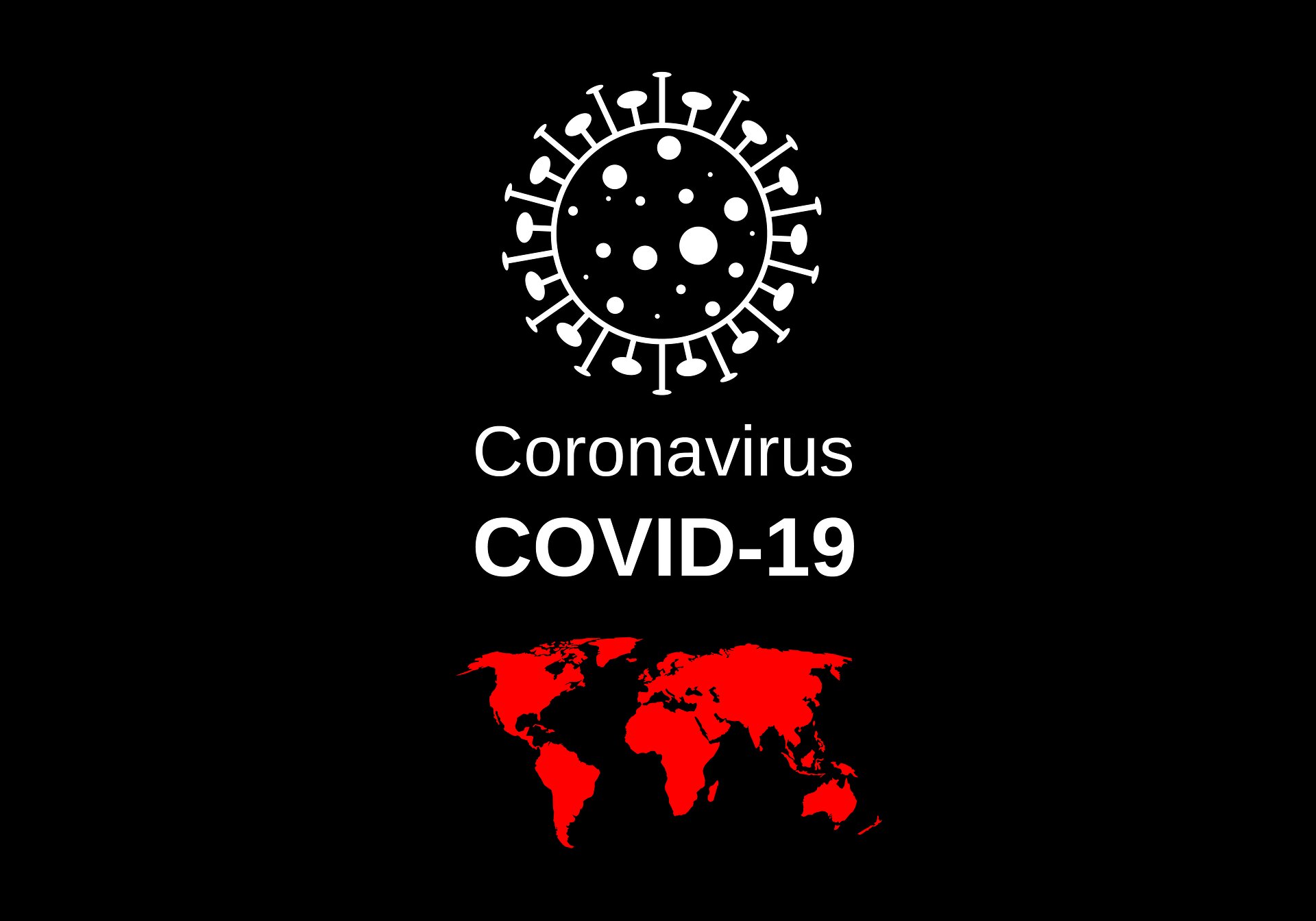- AI needs ‘global governance’, cannot be left to market, UN panel says
- Israeli military strikes Hezbollah as Nasrallah responds to wave of device blasts in Lebanon
- JetBlue to open airport lounges in New York and Boston in battle for big spenders
- From mortgages to auto loans, experts weigh in on when — or if — to refinance as interest rates fall
- August home sales drop more than expected, as prices set a new record
Who Won the U.S. Presidential Debate?

Like humans, artificial minds can learn by thinking, review shows
Some of the greatest discoveries don't come merely from observations but from thinking. Einstein developed theories about relativity through thought experiments, and Galileo derived insights about gravity through mental simulations.
A review published September 18 in the journal Trends in Cognitive Sciences shows that this process of thinking is not exclusive to humans. Artificial intelligence, too, is capable of self-correction and arriving at new conclusions through "learning by thinking."
"There are some recent demonstrations of what looks like learning by thinking in AI, particularly in large language models," says author Tania Lombrozo, a professor of psychology and co-director of the Natural and Artificial Minds initiative at Princeton University. "Sometimes ChatGPT will correct itself without being explicitly told. That's similar to what happens when people are engaged in learning by thinking."
Lombrozo identified four examples of learning by thinking in humans and AI: learners can acquire new information without external input through explanation, simulation, analogy, and reasoning. In humans, explaining how a microwave works to a child might reveal the gaps in our understanding.
Rearranging furniture in the living room often involves creating a mental image to simulate different layouts before making any physical changes. Downloading pirated software may initially seem morally acceptable until one draws an analogy to the theft of physical goods. If you know that a friend's birthday is on a leap day and tomorrow is a leap day, you can reason that your friend's birthday is tomorrow.


- September 19, 2024
Football: WHO, FIFA launch global awareness campaign for brain injury


- September 19, 2024
Drug resistance taking a toll on healthcare — Experts

- September 19, 2024
DNA origami and fluorescent probes can precisely release molecular cargo

- September 19, 2024
Study explores metabolic disruptions in Artemisia annua mutant strain





Subscribe to our mailing list to get the new updates!

Subscribe our newsletter to stay updated
Thank you for subscribing!



